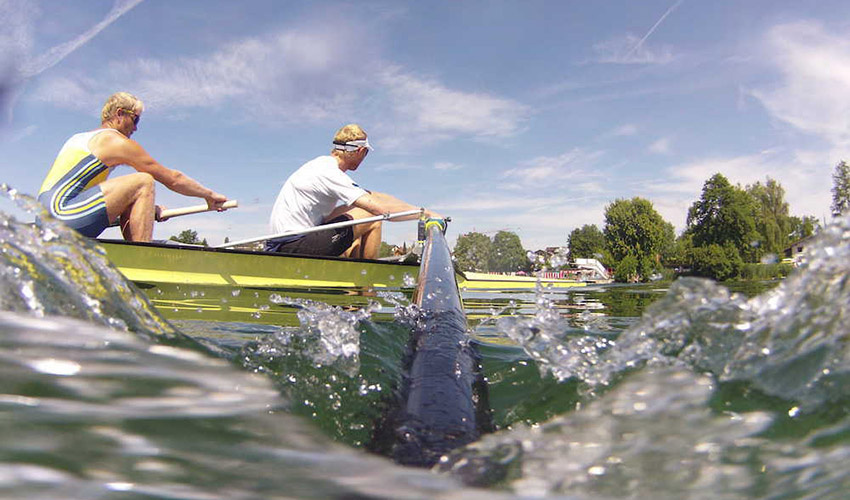Marco Lambertini
Marco Lambertini is the Director General of WWF International, an IUCN Member. He first worked with WWF in Italy as a youth volunteer. He now leads the global conservation organisation, with over five million supporters and a network active in more than 100 countries and territories. Prior to WWF, he was Chief Executive of BirdLife International where he restructured and led a decentralised secretariat, overseeing a global partnership of over 120 civil society organisations. His global experience includes: field research; international policy; nature reserve management; environmental education, communications and campaigning; NGO development; ecotourism; and integrated conservation and development projects. He has a degree in Pharmaceutical Chemistry and is a published author.











